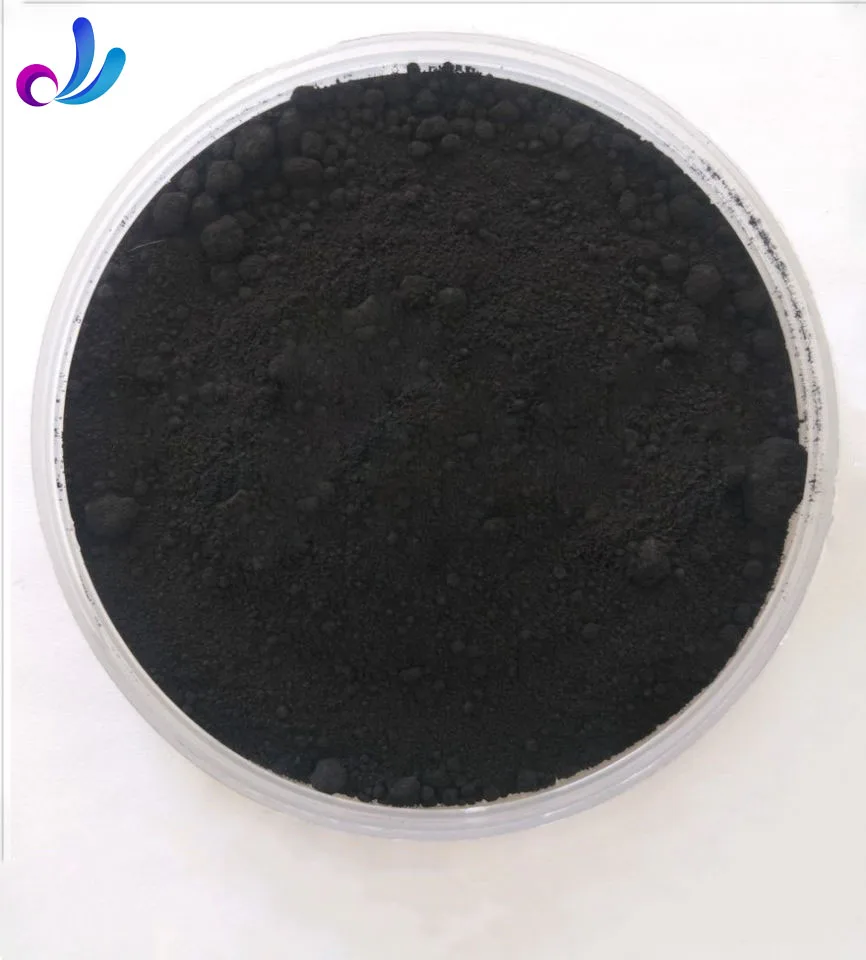


At PVP/Co > 2, there is a significant decrease in the particle size down to 142 nm at PVP/Co = 3.5 and the shape becomes spherical, but the particles remain crystalline, characteristic of Co 3 O 4. As the molar ratio of PVP/Co is increased from 0.5 to nearly 2, the cubes with rounded edges are formed, but the hydrodynamic diameter decreases from nearly 1.4 μm to 800 nm at a molar ratio of 1.8. When the molar ratio of PVP/Co is less than ≈ 0.5, the particle size is generally invariant. In the absence of PVP, large truncated cube-like particles with a bimodal size distribution (2 nm) are formed. The molar ratio of PVP to the cobalt in the precursor solution was key to controlling the particle morphology. Due to heavy metal specificity for the binding with PVP and the crystal space group for metal oxides, the evolution in particle shape is not universal with no apparent change in the shape obtained over a similar PVP concentration range for iron oxide.Ībstract = " The hydrothermal synthesis of Co 3 O 4 particles using cobalt nitrate as the precursor and citric acid as a weak chelating agent was modulated using poly(vinyl pyrrolidone) (PVP) to control the shape and size of the resulting particles.
#Cobalt oxide free#
A competitive growth mechanism between free cobalt ions and PVP-bound cobalt ions in the solution was proposed to explain the influence of PVP on the size and shape of the Co 3 O 4 particles. This size is consistent with the particle size obtained from dynamic light scattering. The size of Co 3 O 4 particles was also determined using scanning electron microscopy. The hydrothermal synthesis of Co 3 O 4 particles using cobalt nitrate as the precursor and citric acid as a weak chelating agent was modulated using poly(vinyl pyrrolidone) (PVP) to control the shape and size of the resulting particles.


 0 kommentar(er)
0 kommentar(er)
